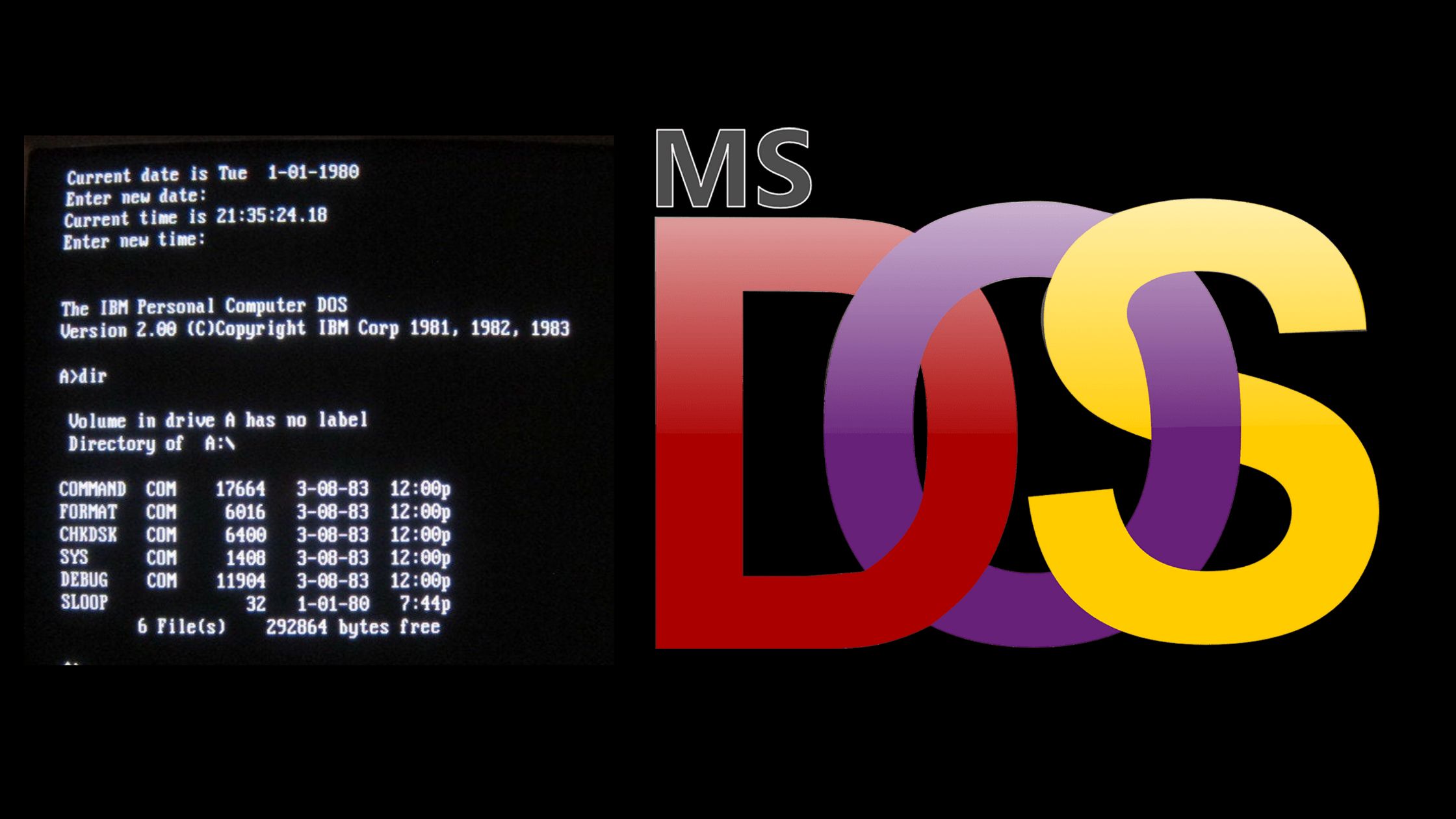The Disk Operating System (DOS) is a text-based command-line interface that was the standard operating system for IBM-compatible PCs for over a decade. It may seem like a relic of the past, but DOS is still relevant today for a number of reasons.

Legacy systems and embedded devices still use DOS as their operating system. Programmers and retro computing enthusiasts also use DOS to learn about the history of computing and to experience DOS software. And even though modern computers primarily use graphical operating systems, you can still run DOS in a virtual machine or using an emulator.
This comprehensive guide will delve into what DOS is, its historical significance, why it is still relevant, and how to use it today.
What is DOS?
DOS is a family of operating systems that dominated the personal computer market during the 1980s and early 1990s. At its core, DOS is a text-based command-line interface that allows users to interact with a computer and control its hardware and software. DOS commands are entered through a text prompt, making it a precursor to the graphical user interfaces (GUIs) we use today.

The History of DOS
DOS made its debut in 1981 with the release of MS-DOS (Microsoft Disk Operating System), which was developed by Microsoft for IBM’s first personal computer, the IBM PC. This partnership set the stage for DOS’s widespread adoption.
IBM’s PC success, coupled with Microsoft’s licensing strategy, led to the proliferation of MS-DOS on computers from various manufacturers. MS-DOS quickly became the standard operating system for IBM-compatible PCs.
Key Features of DOS
- Command-Line Interface: DOS relies on text commands entered via a command prompt, which is a departure from today’s graphical interfaces.
- File Management: It offers basic file and directory management, including commands for creating, deleting, and moving files.
- Batch Scripting: DOS allows users to create batch scripts for automating tasks, a precursor to modern scripting languages.
- Modularity: DOS’s modular structure makes it lightweight and easy to customize for specific needs.
- Memory Management: It requires efficient memory management, which was a critical skill for early computer enthusiasts.
Why DOS is Still Relevant
Despite its age, DOS continues to have relevance in several areas:
- Legacy Systems: Many legacy systems and embedded devices still use DOS as their operating system. For example, certain automated manufacturing equipment, ATMs, and even some older barcode scanners rely on DOS for their operation.
- Programming Nostalgia: For programmers, understanding DOS can be a valuable history lesson and a source of nostalgia.
- Retro Computing: Enthusiasts and collectors maintain vintage DOS computers for gaming and computing experiences.
- Educational Purposes: Learning DOS can help individuals grasp the fundamentals of operating systems and computer architecture.
How to Use DOS Today
While modern computers primarily use graphical operating systems, you can still experience DOS today:

- Virtual Machines: You can run DOS in a virtual machine on a modern computer. This allows you to experience DOS without having to install it on your main operating system.
- DOSBox: DOSBox is an emulator that allows you to run DOS software on contemporary systems. It is a popular choice for retro computing enthusiasts and gamers. Link to download DOSBox – DOSBox, an x86 emulator with DOS
- Legacy Hardware: Vintage computer enthusiasts keep old hardware to experience DOS as it was in the past.

DOS is a significant chapter in the history of computing. It laid the groundwork for the sophisticated operating systems we use today. By understanding DOS, you can gain a deeper appreciation for the evolution of computing and the enduring influence of the past.
Whether you are interested in learning about the history of computing, experiencing DOS software, or using DOS for practical applications, this comprehensive guide has you covered.
